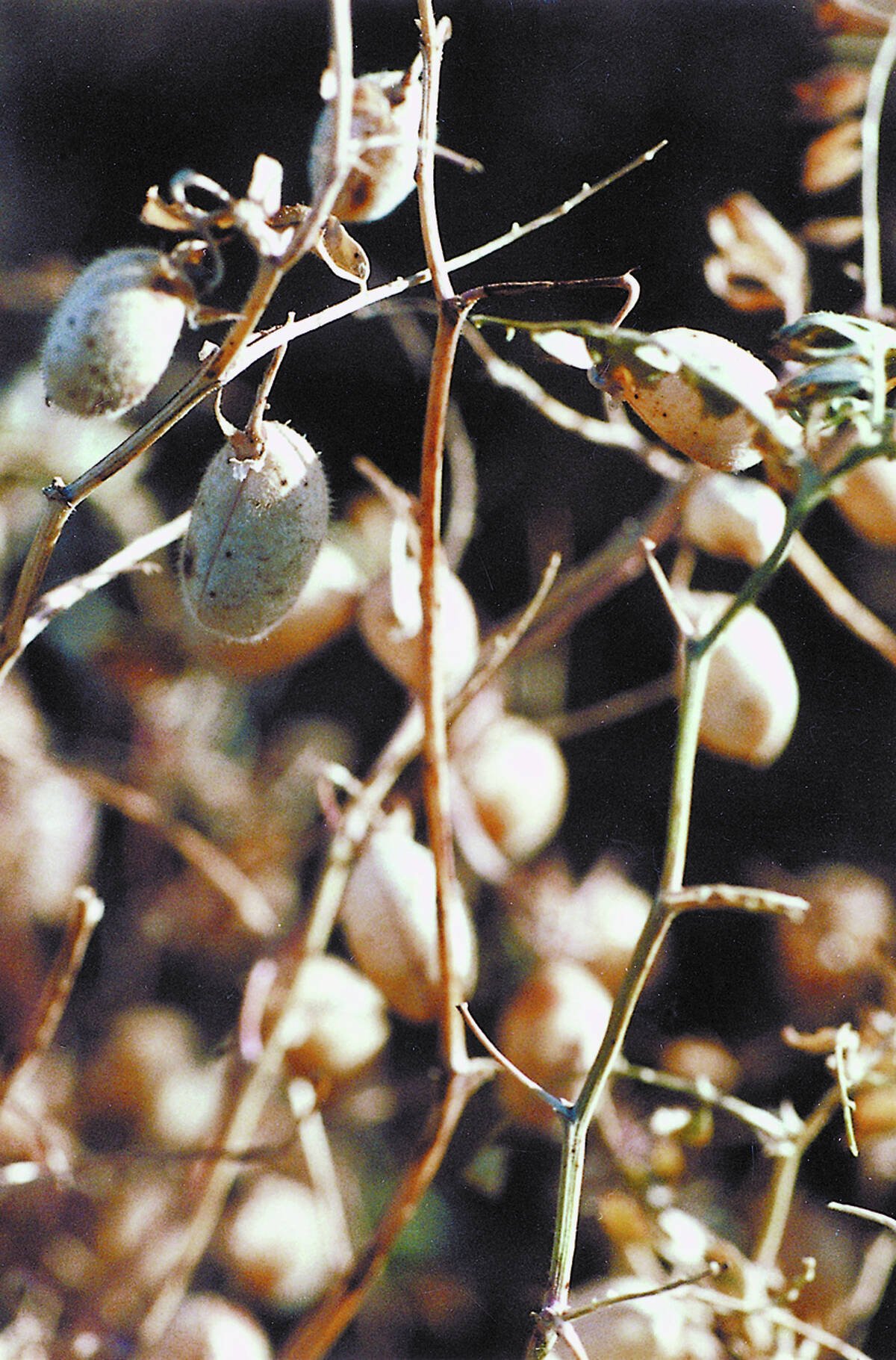The loonie is soaring and that’s biting a chunk out of the recent rally in Canadian crop and livestock prices.
But advisers aren’t unanimous on whether it’s worth hedging the currency risk.
“We may go above 90 cents (value of the Canadian dollar in U.S. dollar terms). We could see a 92 cent loonie, that wouldn’t be out of the question, but the move from 78 to 88 will have been the bulk of the move,” said Pro Market Wire adviser Errol Anderson of Calgary, who is not aggressively pushing his clients to lock in the exchange rate at this level.
Read Also

Low-quality chickpeas in abundance this year
There are plenty of low quality chickpeas to move this year but the pet food market is already oversupplied with product.
Neither is Ken Ball of Union Securities in Winnipeg, although he believes there is still risk of a further rise and it would be wise to hedge some of that.
“We’ve done a lot of currency hedging when the dollar was down, but we’re not doing a lot now,” said Ball.
But Al Mussel of the George Morris Centre said farmers need to be aware of the dangers, and while 92 cents is possible, it’s also possible that the Canadian dollar could soar higher.
“I have no idea how much (the U.S. dollar) could weaken. It could be a lot,” said Mussel.
“As a producer, I’d look at it as how would different levels affect my business. What kind of risk mitigation can I bring to the table to deal with that?”
The rise of the Canadian dollar in U.S. dollar terms has been dramatic recently, with the dollar at 89 cents on May 22, a rise of about four cents in a few days. That’s great for tourists planning to spend money in the U.S. this summer, but terrible for farmers whose crops or livestock are sold in U.S. dollars or based on a formula tied to the greenback.
Indirectly it affects all farmers of major crops and livestock, because the world agriculture commodity markets are generally priced in U.S. dollars. For example, if spring wheat in Minneapolis is $6 US per bushel and the exchange rate is 78 cents US, then the bushel is worth $7.69 Cdn. At an exchange rate of 89 cents US, the same bushel is worth $6.74 Cdn.
The main reason for the Canadian dollar’s rise is the fall of the U.S. dollar compared to most currencies.
Some believe the overall weakness in the U.S. dollar is due to fears that the U.S. government’s massive spending will increase the money supply and undermine the value of every dollar. They also fear that the U.S. government’s credit rating will be slashed and weaken the currency.
On the other hand, some analysts believe the dollar weakness is due to recent happier times in the equity markets, the end of the credit freeze and reduced economic fear globally.
The U.S. dollar was driven higher last fall by the “flight to quality” of investors who believed it was a safe haven likely to retain its value better than other currencies.
Now that that fear is abating, investors are pulling out of the U.S. dollar and into currencies and assets previously considered too risky.
That includes agricultural commodities, which have experienced a rally in recent weeks and into which hedge funds and other investment funds are reported to be re-entering.
That has boosted so-called commodity currencies like Canada’s and Australia’s. The loonie is particularly affected by the increase in oil prices to more than $60 US per barrel.
Ball and Anderson don’t expect to see the Canadian dollar rise much beyond 92 cents, but Mussel is more bearish about the American dollar, meaning he thinks farmers have greater risks ahead.
“Due to no activity of our own, the Canadian dollar is going to strengthen,” said Mussel, noting U.S. government spending and borrowing that could reduce confidence in the greenback.
“If they’ve got cattle in the feedlot or grain that they’re going to sell later in the year… you’ve got a real hit coming.”
Anderson sees the risk in reverse. He thinks there’s a bigger chance of a big slump in the Canadian dollar due to another stock market slump and flight to quality.
“I’m suspicious. I don’t know when it’ll occur but I think in the next few weeks the stock market could slowly bleed off. Then the loonie will be back to 85 cents or lower,” said Anderson.
“I don’t trust the stock markets right now. If we go into a meltdown, then the loonie goes down and the U.S. dollar goes up.”
Many analysts have mused over the possibility of a U.S. dollar collapse as a result of the government’s massive spending and the U.S. Federal Reserve Bank’s assumption of a huge quantity of questionable assets in order to prop up the financial system.
Investment gurus like Jim Rogers and Marc Faber have forecast an implosion of confidence in the U.S. currency as the U.S. debt load becomes dire.
But others are not as concerned.
“We maintain that though we expect further (U.S. dollar) weakness ahead, we do not expect a currency crisis,” reported Scotia Capital currency experts.
Mussel thinks farmers need to hedge against the possibility of a loonie surge, even if they think it is unlikely. They need to ensure they could survive such a scenario.
“Especially in the cattle and hogs, where you’ve got cash-in, cash-out, both of which are determined in U.S. dollars, this can be as critical or more than the volatility in the (animal) price,” said Mussel.















